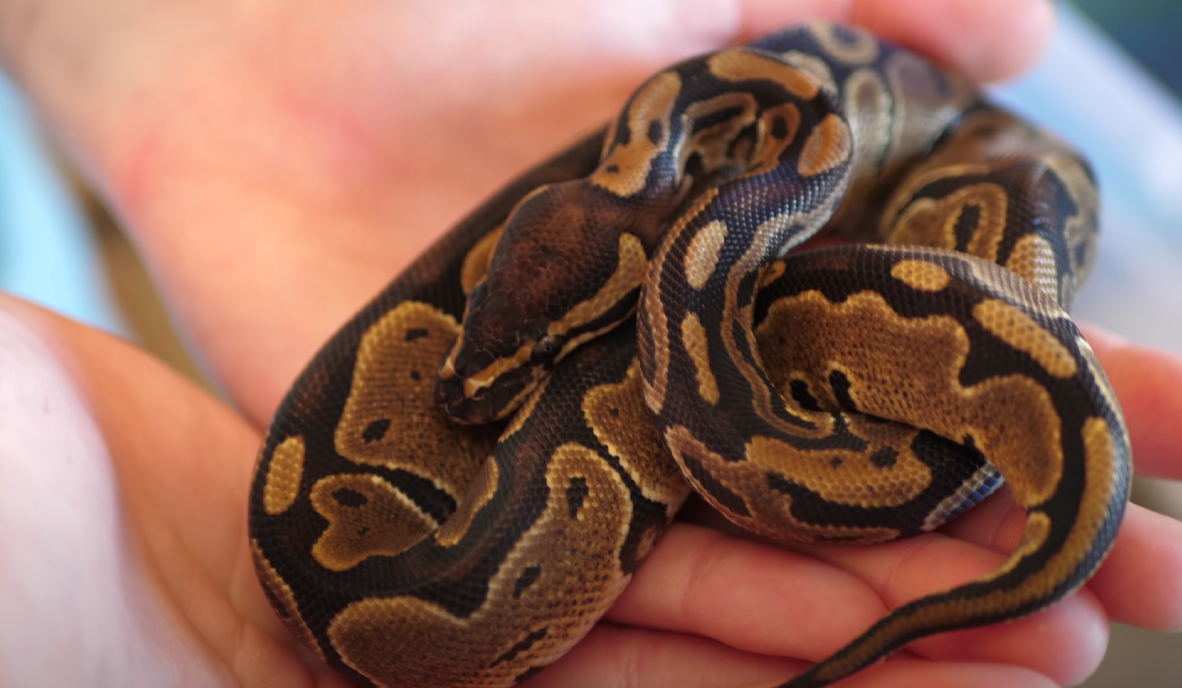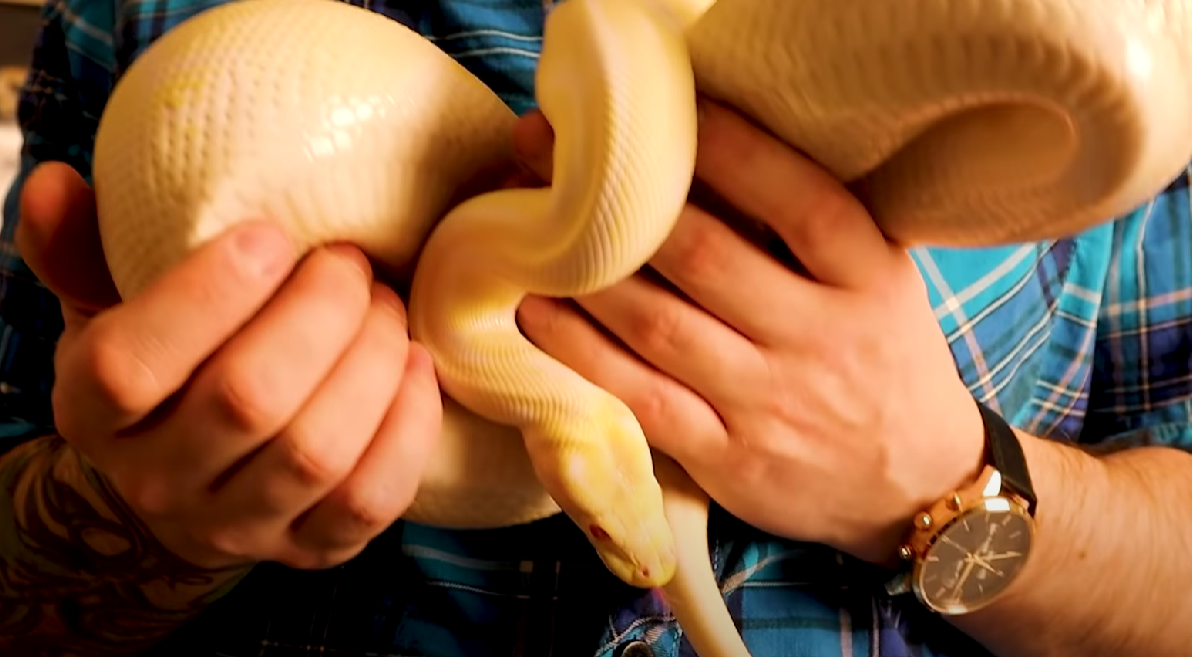Feeding a ball python primarily depends on the prey size and type. Small rodents are economical, while larger ones cost more. Factor in ongoing expenses like heating and habitat upkeep.
Let’s delve into the specifics of ball python care and associated expenses.
How Much Does It Cost to Feed a Ball Python?
Assuming your ball python has a 30-year lifespan (average), predominantly consuming large rats, a reasonable estimate for total lifelong feeding expenses would be between $10,000 and $11,000.
Opting for mice instead would lower the cost, coming in at approximately $4,000 across its lifetime.
What is a Ball Python?
A ball python (Python regius) is a non-venomous snake species originating from sub-Saharan Africa. Known for their docile nature and attractive patterns, they are a popular choice among snake enthusiasts.

Their name comes from their tendency to curl into a ball when stressed or threatened.
How to Choose the Right Diet for Your Ball Python?
Feeding your ball python a proper diet is crucial for its health and longevity. As a responsible snake owner, understanding the dietary needs of your ball python is essential to ensure its well-being.
Here’s a comprehensive guide on how to choose the right diet for your ball python.
Know Your Snake’s Natural Diet
Before selecting a diet, it’s important to understand what ball pythons eat in the wild. They are constrictor snakes that primarily consume small mammals like rodents [1]. This knowledge forms the basis for their captive diet.
Prey Size and Type
The size of the prey you offer your ball python is significant. Hatchlings and younger pythons require smaller prey, such as newborn mice or small rats. As they grow, their food size should also increase.
Appropriately-sized prey prevents overfeeding or underfeeding, supporting healthy growth.

Frozen Versus Live Prey
While some ball pythons will accept live prey, it’s generally recommended to feed them frozen and thawed prey. Live prey can pose risks such as injury to your snake or transmitting parasites.
Frozen prey is safer, easier to store, and more convenient for both you and your python.
Variety is Key
In the wild, ball pythons might encounter a range of prey. Offering dietary variety in captivity helps provide a well-rounded nutritional profile. Alternate between mice, rats, and other appropriate prey to ensure your python receives essential nutrients.
Calcium and Vitamin Supplements
To prevent nutritional deficiencies, dusting prey with calcium and vitamin supplements is important, especially for younger snakes and breeding females. These supplements contribute to bone health and overall vitality.
Frequency of Feeding
The feeding frequency for ball pythons varies with age. Hatchlings might require meals every 5 to 7 days, while adults can be fed every 10 to 14 days. Adjust feeding schedules based on your snake’s behavior and body condition to avoid overfeeding or obesity.

Monitor and Adjust
Regularly monitor your ball python’s weight and overall condition. Adjust the diet if you notice significant weight loss or gain. Seek advice from a reptile veterinarian if you’re uncertain about your snake’s diet or health.
What Influences the Cost of Feeding a Ball Python?
Feeding a ball python is a fundamental aspect of its care, but the associated costs can vary based on several factors. Understanding these factors can help you budget appropriately and ensure the well-being of your pet snake.
Prey Size and Type
The size and type of prey you choose significantly impact the cost of feeding your ball python. Larger prey, such as adult rats, can be more expensive than smaller ones like mice or rat pups.
Selecting the appropriate prey size based on your snake’s age and size is crucial to prevent overfeeding or underfeeding.
Feeding Frequency
The frequency at which you feed your ball python can influence costs. Younger snakes generally require more frequent feedings compared to adults. While frequent feedings increase the overall cost of food, they are essential for the growth and development of young snakes.

Frozen Versus Live Prey
The choice between feeding frozen-thawed prey and live prey can affect expenses. Live prey may be more challenging to obtain consistently, and it could introduce additional costs like maintaining a separate enclosure to prevent injuries to your snake during feeding.
Dietary Supplements
Providing calcium and vitamin supplements to your ball python adds to the cost. These supplements are essential to prevent nutritional deficiencies, especially in growing snakes or breeding females.
While this expense is relatively small, it contributes to the overall cost of maintaining a healthy snake.
Source of Prey
Where you source your snake’s food can also impact costs. Purchasing from specialty reptile stores might be more expensive than buying from bulk suppliers or breeding your feeder rodents.
However, ensure that the food is of high quality and properly nourished for the health of your snake.
Health and Digestive Issues
Health problems that affect your ball python’s appetite or digestion can influence feeding costs. A sick snake might require specialized diets, veterinary care, or supplements, all of which contribute to increased expenses.

Breeding and Reproduction
If you’re breeding ball pythons, the cost of feeding can multiply significantly. Pregnant and nursing females, as well as the hatchlings, demand careful attention to nutrition, potentially leading to higher feeding costs during breeding seasons.
Conclusion
The cost of feeding a ball python depends on factors like prey type, size, and frequency, as well as dietary supplements. Planning for these expenses is essential for providing proper care to your snake and ensuring its health and well-being throughout its life.

